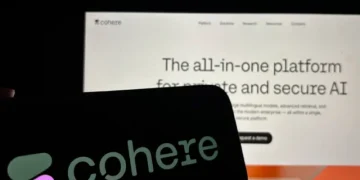
Google Copilot is one of the ambitious steps in the field of AI-based software development, as it is designed to change the way humans and technology are interacting. Osamose, a seasoned software developer, explains that Google Copilot is not a basic code-generating tool but a cognitive companion that is capable of understanding natural language requests and generating smart replies across various applications. Its objective is not limited to automating routine tasks, but to increase the level of creativity, speed up the process of solving problems, and push the limits of human-AI interaction.
Google Copilot has one of its greatest strengths in its flexibility and understanding of the situation. Osamose points out that it can help in various areas, such as coding and data analysis, content creation and automation of repetitive processes. Having the capability to read user intent and generate the correct output eliminates the cognitive load on professionals so that they can focus on the strategic and creative aspects of the job. It gives real-time suggestions to the developers, detects errors and optimizes the code, which is very productive and reduces the likelihood of errors.
However, challenges remain in realizing the full potential of Google Copilot. According to Osamose, the AI sometimes struggles with complex or ambiguous prompts, generating outputs that are syntactically correct but contextually inappropriate. Users must critically evaluate and refine the suggestions, which requires expertise and experience. Additionally, there are concerns around over-reliance; professionals who depend too heavily on AI tools risk diminishing their problem-solving and analytical skills, emphasizing the importance of human oversight in AI-assisted workflows.
Ethical and technical limitations also shape Copilot’s impact. Osamose points out that the AI relies on vast datasets, and questions around data privacy, intellectual property, and bias are critical. Ensuring that outputs are compliant, original, and unbiased remains a shared responsibility between developers and the AI. Moreover, the AI’s understanding of niche or domain-specific requirements is limited, necessitating human adaptation to achieve accurate and meaningful results.
Looking forward, Osamose envisions a future where Google Copilot evolves into a seamless collaborator, integrating deeply with software, design, and research tools. Continuous improvements in contextual awareness, personalization, and multi-domain intelligence will expand its utility across industries. She believes that the vision of Google Copilot is reshaping modern-day AI by demonstrating how intelligent systems can amplify human capability rather than replace it, ultimately redefining the way we work, create, and innovate.




























